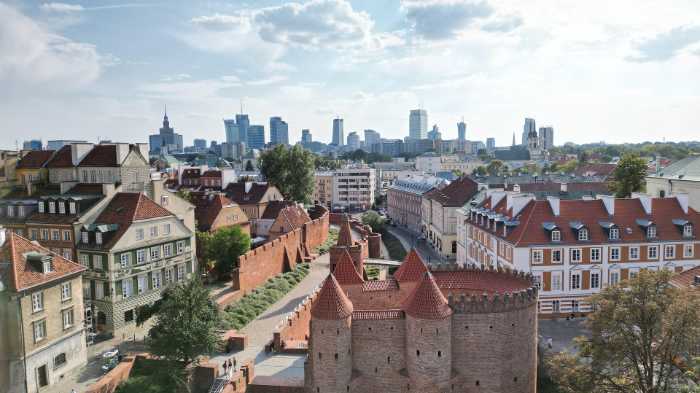
Warsaw
PolandWarsaw, a city that has risen from the ashes time and again, carries a profound weight of history yet pulses with a resilient modern spirit. It wasn't always Poland's obvious capital; Krakow held that honor for centuries, a testament to the shifting centers of power within the Polish kingdom. Yet, Warsaw's strategic location on the Vistula River eventually propelled it to the forefront. Consider this: Warsaw earned the poignant nickname "Phoenix City." During World War II, the city was systematically razed to the ground by Nazi forces in retaliation for the Warsaw Uprising of 1944. Over 85% of its buildings were destroyed. However, with incredible determination, its citizens meticulously rebuilt the Old Town, brick by brick, using pre-war photographs and architectural plans. This remarkable feat of reconstruction led UNESCO to inscribe the Old Town as a World Heritage site, a symbol of human resilience. Intriguingly, Warsaw is home to the narrowest house in the world. Tucked between two existing buildings, Keret House measures a mere 152 centimeters at its widest point and only 92 centimeters at its narrowest. Designed by architect Jakub Szczęsny, this artistic installation serves as a temporary home for traveling writers, a quirky testament to Warsaw's creative and unconventional spirit. Another fascinating aspect of Warsaw lies in its surprising abundance of green spaces. Despite being a bustling capital, over 25% of the city is covered in parks, forests, and nature reserves. Łazienki Park, with its palaces and free summer Chopin concerts, and the vast Kampinos National Park on the city's outskirts, offer tranquil escapes from urban life, showcasing a deep appreciation for nature within the city limits. Beyond its historical and natural attractions, Warsaw boasts a unique culinary icon: pyzy. These large, oval potato dumplings, often served with skwarki (pork scratchings) or gulasz (goulash), are a distinctly Warsaw specialty, a hearty and comforting dish that reflects the city's culinary heritage and provides a taste of local tradition. Furthermore, Warsaw is the only city in Poland with a functioning metro system. The first line opened in 1995, and its expansion continues to this day, providing an efficient way to navigate the sprawling city. The metro has even found its way into popular culture, referenced in songs and becoming an integral part of the daily lives of Varsovians. Finally, the symbol of Warsaw is a mermaid, known as Syrenka. Legend has it that this mythical creature swam up the Vistula River and, liking the area, decided to stay. When some greedy merchants tried to capture her, she was rescued by a brave fisherman. Ever since, Syrenka has stood as the protector of Warsaw, a fierce and independent symbol embodying the city's spirit. To explore Warsaw is to encounter a city that has endured immense hardship yet emerged with a unique blend of historical reverence, creative innovation, and an indomitable spirit, symbolized by a mermaid guarding its resilient heart.
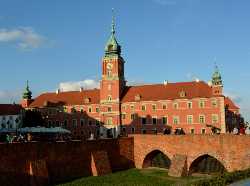 Royal Castle in Warsaw
Castle
Royal Castle in Warsaw
Castle
 Krasiński Palace
Castle
Krasiński Palace
Castle
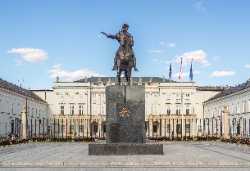 Presidential Palace Warsaw
Castle
Presidential Palace Warsaw
Castle
 Ujazdów Castle
Castle
Ujazdów Castle
Castle
 Branicki Palace
Castle
Branicki Palace
Castle
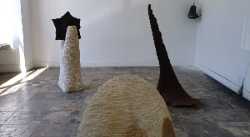 Galeria XX1
Gallery
Galeria XX1
Gallery
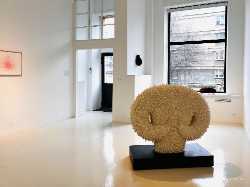 LETO Gallery
Gallery
LETO Gallery
Gallery
 Polish Poster Gallery
Gallery
Polish Poster Gallery
Gallery
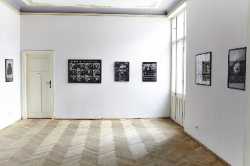 lokal_30
Gallery
lokal_30
Gallery
 Monopol Gallery
Gallery
Monopol Gallery
Gallery
 Galeria Asymetria
Gallery
Galeria Asymetria
Gallery
 Wschód Gallery
Gallery
Wschód Gallery
Gallery
 Piktogram Gallery
Gallery
Piktogram Gallery
Gallery
 Polana Institute
Gallery
Polana Institute
Gallery
 Salon Akademii
Gallery
Salon Akademii
Gallery
 Foksal Gallery
Gallery
Foksal Gallery
Gallery
 Raster Gallery
Gallery
Raster Gallery
Gallery
 Hala Koszyki
Market
Hala Koszyki
Market
 Bazar Różyckiego
Market
Bazar Różyckiego
Market
 BioBazar
Market
BioBazar
Market
 Hala Mirowska
Market
Hala Mirowska
Market
 Castle Square
Market
Castle Square
Market
 Rynek Starego Miasta
Market
Rynek Starego Miasta
Market
 Zacheta
Museum
Zacheta
Museum
 Legia Warsaw Museum
Museum
Legia Warsaw Museum
Museum
 Jewish Historical Institute
Museum
Jewish Historical Institute
Museum
 Katyń Museum
Museum
Katyń Museum
Museum
 Museum of Life under Communism
Museum
Museum of Life under Communism
Museum
 Polish Army Museum
Museum
Polish Army Museum
Museum
 National Museum of Ethnography
Museum
National Museum of Ethnography
Museum
 Museum of Caricature
Museum
Museum of Caricature
Museum
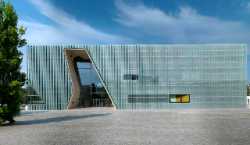 POLIN Museum of the History of Polish Jews
Museum
POLIN Museum of the History of Polish Jews
Museum
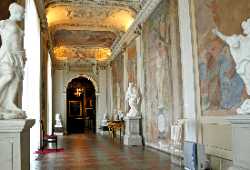 Wilanów Palace
Museum
Wilanów Palace
Museum
 Pawiak Prison Museum
Museum
Pawiak Prison Museum
Museum
 Museum of Warsaw
Museum
Museum of Warsaw
Museum
 Neon Museum Warsaw
Museum
Neon Museum Warsaw
Museum
 Museum of Modern Art
Museum
Museum of Modern Art
Museum
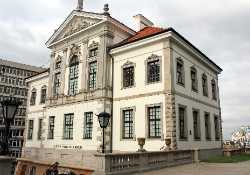 Fryderyk Chopin Museum
Museum
Fryderyk Chopin Museum
Museum
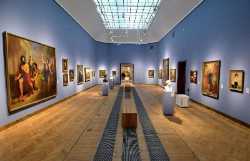 National Museum in Warsaw
Museum
National Museum in Warsaw
Museum
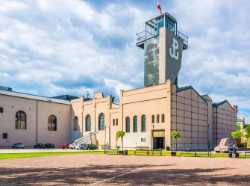 Warsaw Uprising Museum
Museum
Warsaw Uprising Museum
Museum
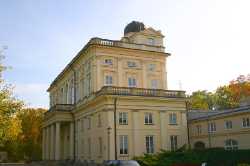 Warsaw University Observatory
Observatory
Warsaw University Observatory
Observatory
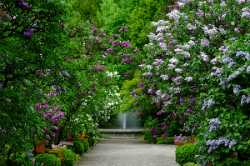 Botanical Garden of the University of Warsaw
Park
Botanical Garden of the University of Warsaw
Park
 Skaryszewski Park
Park
Skaryszewski Park
Park
 Mokotów Field
Park
Mokotów Field
Park
 Wilanów Park
Park
Wilanów Park
Park
 Saxon Garden
Park
Saxon Garden
Park
 Łazienki Park
Park
Łazienki Park
Park
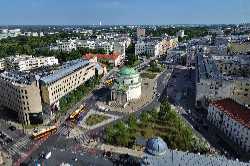 Three Crosses Square
Square
Three Crosses Square
Square
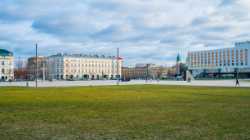 Piłsudski Square
Square
Piłsudski Square
Square
 Copernicus Science Centre
Theatre
Copernicus Science Centre
Theatre
 Studio Theatre
Theatre
Studio Theatre
Theatre
 Dramatic Theatre
Theatre
Dramatic Theatre
Theatre
 Teatr Polski
Theatre
Teatr Polski
Theatre
 Warsaw National Theatre
Theatre
Warsaw National Theatre
Theatre
 Grand Theatre
Theatre
Grand Theatre
Theatre